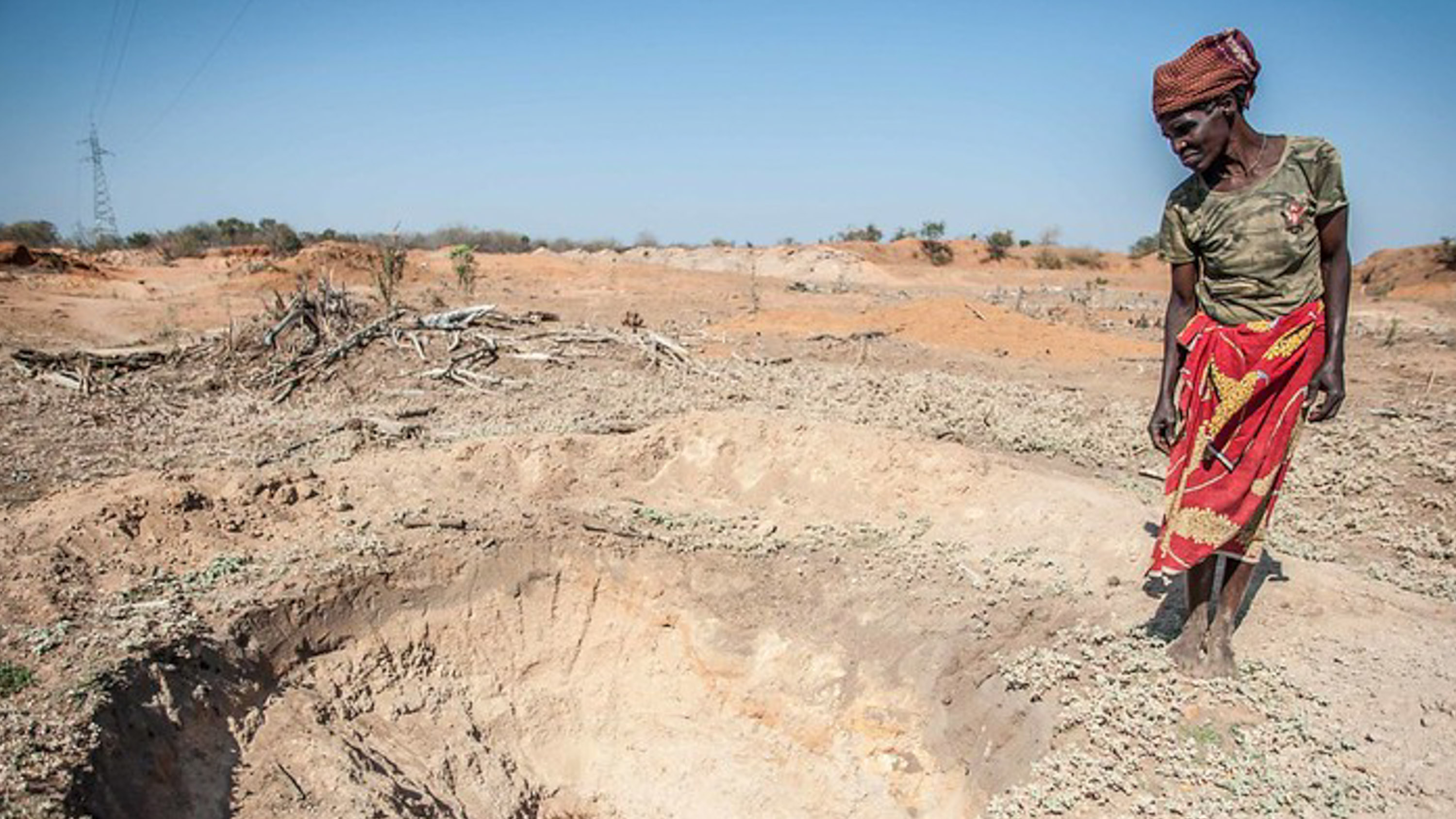Why geoengineering may narrow global economic inequality

Some scientists believe that geoengineering, the idea that we could spray reflective particles into the atmosphere to reverse global warming, may especially reduce suffering in the hottest, poorest parts of the world.
A new paper in Nature Communications goes further, concluding that such measures could accelerate economic growth in nations most vulnerable to climate change. That would narrow global inequality, at least relative to what would happen if we simply allowed the world to heat up.
How’s that? Poor countries, on the whole, are already too hot, which often reduces agricultural yields and labor productivity. In these conditions, just a little more warming or little less rainfall can unleash devastating droughts, famines, conflicts, and other disasters.
But the economic models used by the researchers at the Georgia Institute of Technology and the University of California, San Diego, found that the opposite is true as well: a little bit cooler and wetter conditions can bring outsize economic gains in those regions. Plus, climate models find that geoengineering, if applied uniformly around the globe, would cool regions around the equator more than the poles, slightly narrowing the climatic differences between regions.
The findings: Conducting enough geoengineering to keep temperatures stable this century under a high-emissions scenario would shrink global income inequality by about 25%, compared to where poor and rich nations would otherwise end up with 3.5 ˚C of warming. Ratcheting those efforts up enough to bring temperatures 3.5 ˚C below where they stood in 2010—way beyond the roughly 1˚ C of warming that has actually occurred since the start of the industrial era—would narrow that gap by around 50%.
The caveats: The researchers state that this is a simplified thought exercise to explore these questions. It leaves out of other factors like sea-level rise, glosses over uncertainties about environmental side effects, and assumes high levels of emissions and geoengineering. Moreover, even if things wound up better on average, it still wouldn’t mean that all poor nations would come out ahead.
Deep Dive
Climate change and energy
The problem with plug-in hybrids? Their drivers.
Plug-in hybrids are often sold as a transition to EVs, but new data from Europe shows we’re still underestimating the emissions they produce.
Harvard has halted its long-planned atmospheric geoengineering experiment
The decision follows years of controversy and the departure of one of the program’s key researchers.
Why hydrogen is losing the race to power cleaner cars
Batteries are dominating zero-emissions vehicles, and the fuel has better uses elsewhere.
Decarbonizing production of energy is a quick win
Clean technologies, including carbon management platforms, enable the global energy industry to play a crucial role in the transition to net zero.
Stay connected
Get the latest updates from
MIT Technology Review
Discover special offers, top stories, upcoming events, and more.